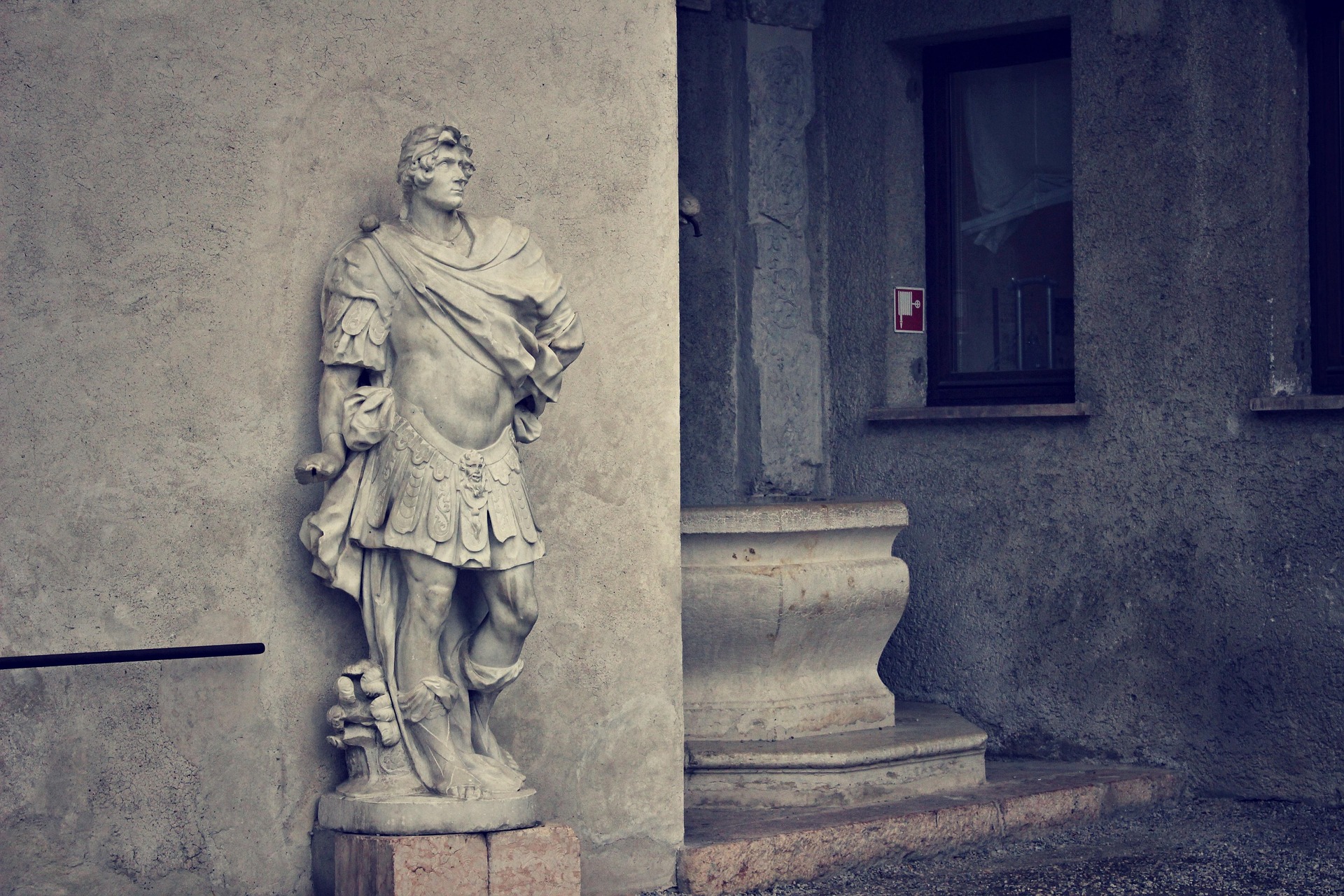Neoclassical Revival: The Modern Resurgence of Ancient Elegance
In a world of ever-evolving interior design trends, a surprising contender has emerged from the annals of history. Neoclassical Revival, a fresh interpretation of ancient Greek and Roman aesthetics, is making waves in contemporary homes. This renaissance of classic elegance blends timeless architectural elements with modern sensibilities, creating spaces that are both grand and livable. As homeowners seek to infuse their living spaces with a sense of history and refinement, Neoclassical Revival offers a captivating solution that bridges the gap between past and present.
The Roots of Neoclassical Design
Neoclassical architecture and design first gained prominence in the 18th and 19th centuries as a reaction to the ornate excesses of Baroque and Rococo styles. Inspired by the archaeological discoveries of ancient Roman and Greek ruins, artists and architects of the time sought to recreate the harmonious proportions and elegant simplicity of classical antiquity.
This original Neoclassical movement was characterized by symmetrical floor plans, the use of columns and pediments, and decorative elements such as Greek key patterns and acanthus leaf motifs. It was a style that spoke of refinement, education, and a connection to the great civilizations of the past.
The Modern Interpretation
Today’s Neoclassical Revival takes these foundational elements and reinterprets them for contemporary living. While maintaining the core principles of balance and proportion, modern designers are incorporating innovative materials, bold color palettes, and cutting-edge technologies to create spaces that are both timeless and thoroughly of-the-moment.
One of the key differences in this modern revival is the focus on livability. Where historical Neoclassical interiors could sometimes feel formal and imposing, today’s interpretations strive for a more relaxed elegance. Furniture pieces with classical lines are paired with plush, comfortable upholstery. Traditional moldings and architectural details are given new life with unexpected paint colors or metallic finishes.
Signature Elements of Neoclassical Revival
To understand the essence of Neoclassical Revival, it’s essential to recognize its key components. These elements form the backbone of the style, providing a framework for designers and homeowners to build upon:
-
Symmetry and Balance: The layout of rooms and placement of furniture adhere to classical principles of symmetry, creating a sense of order and harmony.
-
Columns and Pilasters: These architectural features, whether structural or decorative, add vertical interest and a touch of grandeur to both interiors and exteriors.
-
Neutral Color Palettes with Bold Accents: While traditional whites and creams still dominate, modern Neoclassical interiors aren’t afraid to incorporate dramatic hues like deep blues, rich greens, or even black for contrast.
-
Mixed Materials: Contemporary interpretations often blend traditional marble and wood with modern materials like glass, steel, and lucite for an unexpected twist.
-
Classical Motifs: Greek key patterns, laurel wreaths, and acanthus leaf designs appear in subtle ways, from wallpaper patterns to decorative objects.
Incorporating Neoclassical Elements in Modern Homes
For those looking to embrace this trend, there are numerous ways to incorporate Neoclassical elements without undertaking a full-scale renovation:
-
Architectural Details: Adding crown molding, wainscoting, or even faux columns can instantly elevate a space and provide that classical framework.
-
Statement Lighting: Chandeliers with clean lines and crystal accents or sconces inspired by ancient torches can serve as focal points while adding a touch of glamour.
-
Furniture Selection: Look for pieces with straight lines, tapered legs, and subtle curves reminiscent of classical forms. Mix these with more contemporary items for a balanced look.
-
Art and Accessories: Large-scale art pieces, especially those inspired by classical themes or featuring architectural elements, can anchor a room. Busts, urns, and vases in materials like marble or plaster add authentic touches.
-
Textiles: Incorporate fabrics with subtle classical patterns or luxurious textures like velvet and silk to add depth and comfort to the space.
The Sustainability Angle
One of the most compelling aspects of Neoclassical Revival is its inherent sustainability. By focusing on timeless design principles and high-quality materials, this style encourages the creation of spaces that will remain relevant and beautiful for years to come, reducing the need for frequent redecorating or renovation.
Moreover, the emphasis on craftsmanship and enduring materials aligns well with the growing movement towards sustainable consumption. Many designers working in this style are sourcing antique or vintage pieces, repurposing them for modern use, and thereby reducing waste and supporting circular economy principles.
Challenges and Considerations
While Neoclassical Revival offers many benefits, it’s not without its challenges. Achieving the right balance between classical elements and modern comfort requires a deft hand and a good eye. There’s also the risk of creating spaces that feel too formal or museum-like if not carefully executed.
Additionally, true Neoclassical architecture often involves high ceilings and large rooms, which may not be feasible in many modern homes. Adapting the style to smaller spaces requires creativity and sometimes compromise.
The Future of Neoclassical Revival
As we look to the future, it’s clear that Neoclassical Revival has the potential to evolve further. We’re likely to see more innovative interpretations that push the boundaries of what’s considered “classical,” perhaps incorporating elements from other historical periods or non-Western classical traditions.
Technology will undoubtedly play a role in this evolution. Smart home features and sustainable technologies will be seamlessly integrated into Neoclassical-inspired spaces, proving that ancient aesthetics and cutting-edge functionality can coexist beautifully.
In conclusion, Neoclassical Revival represents more than just a passing trend in interior design. It’s a thoughtful return to principles of harmony, proportion, and timeless beauty, adapted for the needs and sensibilities of modern living. By looking to the past for inspiration while embracing the present’s innovations, this style offers a unique way to create spaces that are both grounded in history and ready for the future. As we continue to seek balance and meaning in our fast-paced world, the enduring elegance of Neoclassical Revival provides a welcome sanctuary of order and beauty in our homes.





